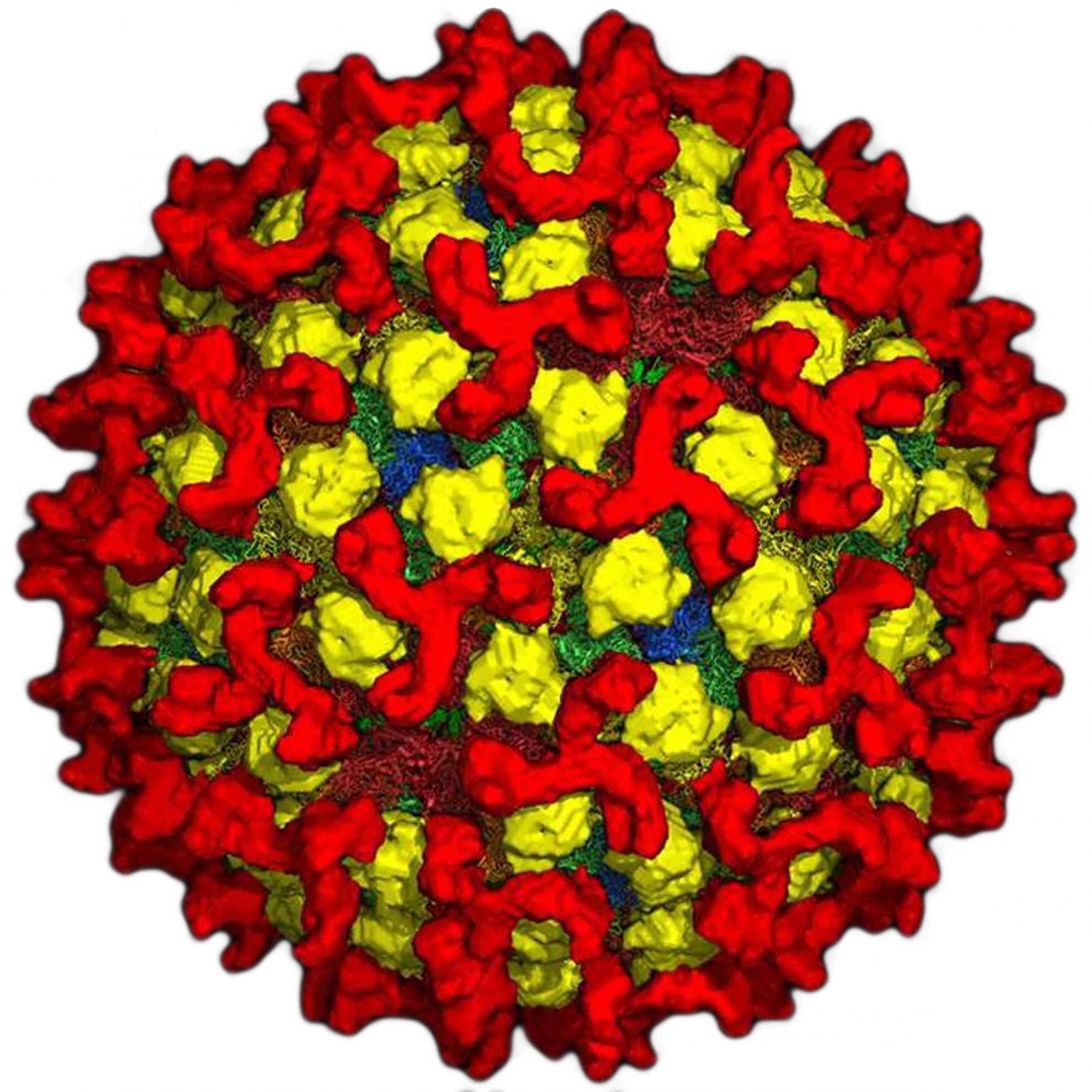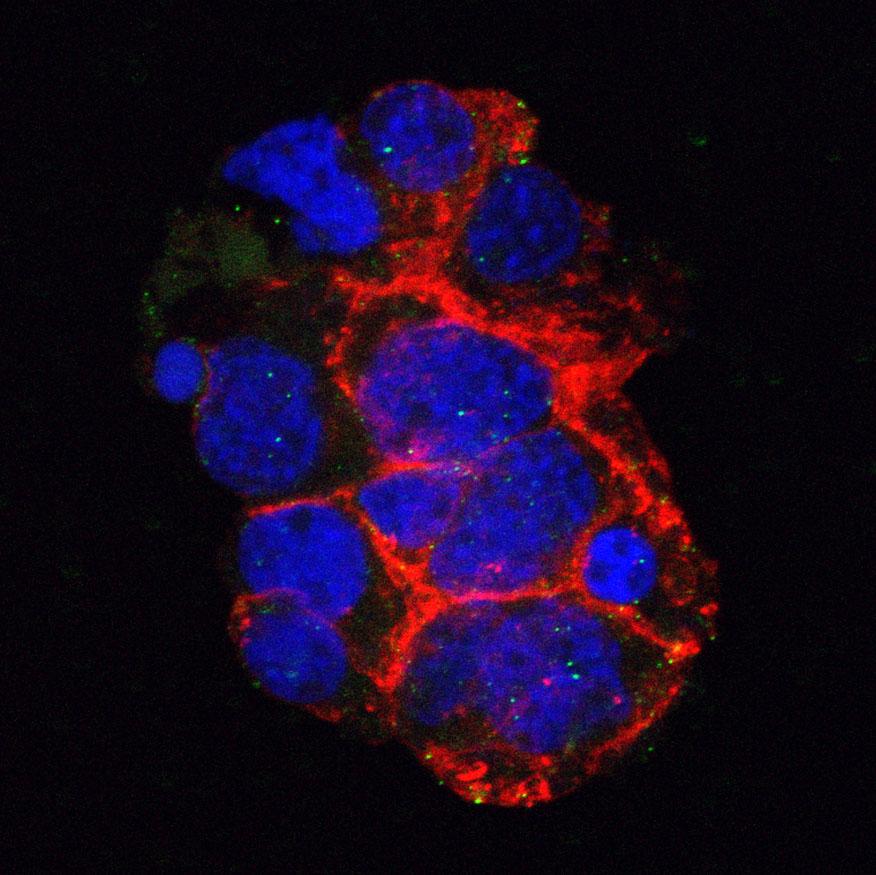Lumpy skin disease: an African cattle disease getting closer to the EU
Lumpy skin disease (LSD) was one of those obscure diseases that was only briefly mentioned at vet school. LSD was considered to be a very long way off in Africa and was not a threat to Europe or the UK. It seems, however, that times are changing and many diseases that Europe could afford to ignore in the past are now moving closer. Historically, LSD of cattle has been confined to the African continent, with sporadic outbreaks occurring in the Middle East. However, in recent years the disease has been spreading throughout the Near East at a scale that has never been seen before. The spread of LSD is likely to have been a result of multiple factors; however, between 2012 and 2014, the lumpy skin disease virus (LSDV) outbreaks are likely to have been associated with the severe political unrest and conflicts in Syria and Iraq, which have resulted in the collapse of veterinary services, an associated lack of effective vaccines in these countries, and the movement of hundreds of thousands of refugees and unvaccinated domestic ruminants from infected areas to those of a previous disease-free status. The situation has deteriorated further in the summer months with high vector abundance, making the control of the vector-transmitted LSDV hugely challenging. Disease outbreaks have recently been reported in countries neighbouring Syria including Israel, Lebanon, Jordan, Turkey and Iraq, and for the first time in Iran in July 2014.
Back to publications

